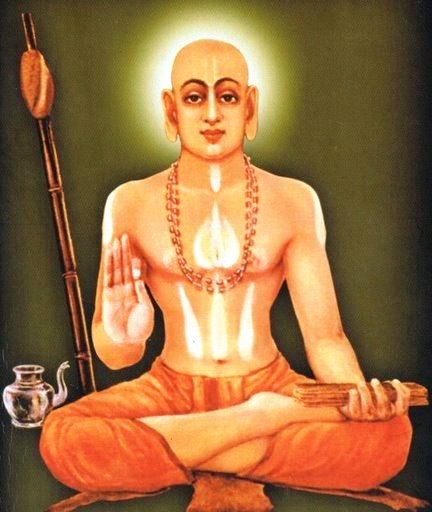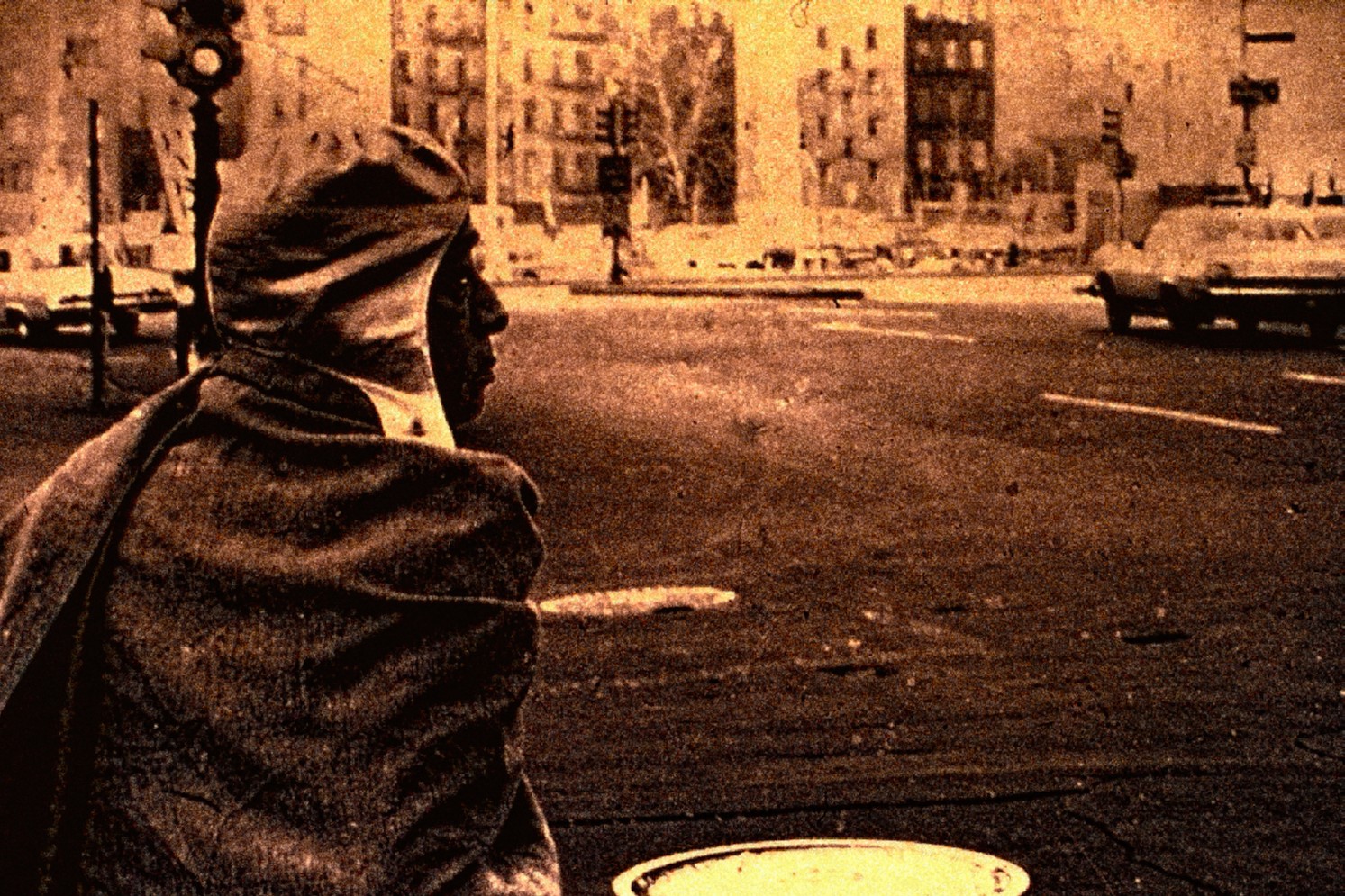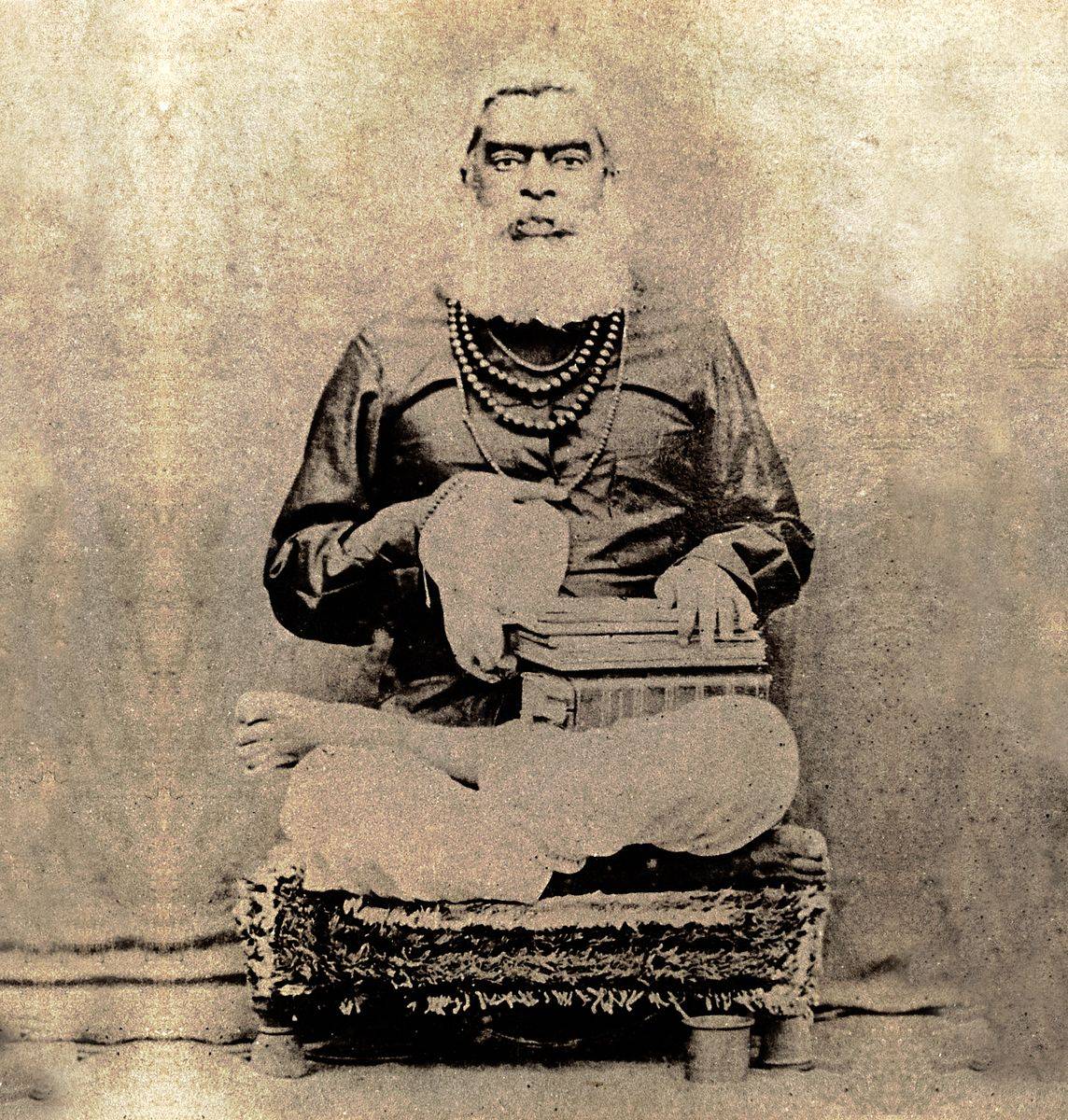Lord Krsna’s autumn rasa dance with His girlfriends. On this day the deities of Vrndavana are nicely decorated in white. Krsna lila dramas are enacted. Because the moon is very auspicious, the vraja vasis leave pots of sweet rice exposed to the full moon for the whole night, to turn the sweet rice into ambrosial amrta.
All Posts (4031)
Lord Krsna’s autumn rasa dance with His girlfriends. On this day the deities of Vrndavana are nicely decorated in white. Krsna lila dramas are enacted. Because the moon is very auspicious, the vraja vasis leave pots of sweet rice exposed to the full moon for the whole night, to turn the sweet rice into ambrosial amrta.
 Goddess Laxmi is said to have emerged from the ocean of milk at Diwali. On that day, Laxmi puja was performed to honour Her and as such, every year at Diwali, She is worshipped and offered prayers.
Goddess Laxmi is said to have emerged from the ocean of milk at Diwali. On that day, Laxmi puja was performed to honour Her and as such, every year at Diwali, She is worshipped and offered prayers.
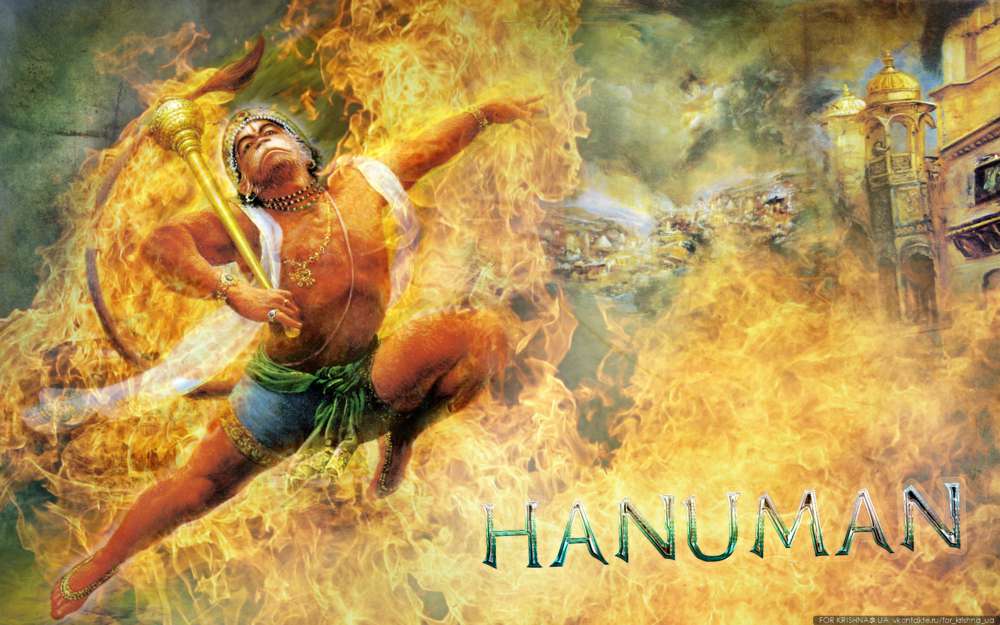 http://gaudiyahistory.iskcondesiretree.com/wp-content/uploads/2011/08/Murari-Gupta-300x187.jpg 300w" sizes="(max-width: 630px) 100vw, 630px" />
http://gaudiyahistory.iskcondesiretree.com/wp-content/uploads/2011/08/Murari-Gupta-300x187.jpg 300w" sizes="(max-width: 630px) 100vw, 630px" />Congratulating Murari Gupta, the Lord continued, "You are the incarnation of Hanuman, the eternal servant of Lord Rama. Therefore, why should you give up your worship of Lord Rama?" (In the image: Hanuman).
Shri Murari Gupta, a disciple of Shri Chandrashekhara Acharya, possessed extraordinary humility. He had an intimate lifelong relationship with Lord Chaitanya. Although senior in class, Murari would always lose in debates with Shri Nimai Pandit. During one heated argument they began pushing each other. The scuffle continued into the Ganges. They stirred up so much mud that ladies couldn't fill their pots and brahmanas couldn't bathe properly.
At the nightly kirtan in Shrivasa Angam Murari Gupta pleased Gaurahari with melodious chanting of the Bhagavata. He would also sing and dance expertly. Murari Gupta served Shri Chaitanya in all His N
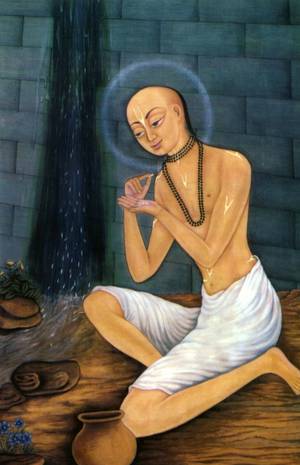 http://gaudiyahistory.iskcondesiretree.com/wp-content/uploads/2011/08/Raghunatha-Dasa-Goswami-193x300.jpg 193x" sizes="(max-width: 300px) 100vw, 300px" />
http://gaudiyahistory.iskcondesiretree.com/wp-content/uploads/2011/08/Raghunatha-Dasa-Goswami-193x300.jpg 193x" sizes="(max-width: 300px) 100vw, 300px" />Shrila Raghunatha Dasa Goswami.
Raghunatha Dasa couldn't live after Shri Chaitanya Mahaprabhu left this world. So, he came to Vrindavana to end his life by jumping off Govardhana Hill. Shri Rupa and Sanatana Goswamis affectionately received him. They convinced him to live on and enlighten all the Vrajavasi Vaishnavas with Shriman Maha
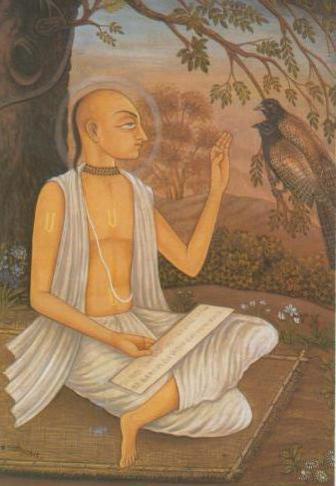 http://gaudiyahistory.iskcondesiretree.com/wp-content/uploads/2011/08/Raghunatha-Bhatta-Goswami-207x300.jpg 207x" sizes="(max-width: 336px) 100vw, 336px" />
http://gaudiyahistory.iskcondesiretree.com/wp-content/uploads/2011/08/Raghunatha-Bhatta-Goswami-207x300.jpg 207x" sizes="(max-width: 336px) 100vw, 336px" />By the order of Shri Chaitanya Mahaprabhu Raghunatha Bhatta Goswami remained a lifelong brahmachari. His service was constant chanting of Hare Krishna and reading Shrimad Bhagavatam. In Jagannatha Puri, Raghunatha satisifed Lord Gauranga by his exceptional cooking and kirtana performances, which won him the title, kirtana acharya. (In the image: Raghunatha Bhatta Goswami).
When he came to Vrindavana, the Vaishnavas (including Shri Rupa and Sanatana Goswamis) would regularly listen to his singing of
 Krishnadasa Kaviraja Goswami.
Krishnadasa Kaviraja Goswami. Appearing near Katva, Krishna Dasa Kaviraja left for Vrindavana after Lord Nityananda told him in a dream: are are krishnadasa, na karaha bhaya, Vrindavana yaha tanha, sarva larya haya, "0 my dear Krishnadasa, do not be afraid. Go to Vrindavana. For there you will attain all things." (Chaitanya-charitamrta Adi 5.195)
Krishna Dasa took diksha from Raghunatha Dasa Goswami. He lived a renounced life at Syama-kunda near Manasa Pavana Ghat, Radharani's midday bathing place.
Shri Jiva Goswami, as per his custom of giving titles of honor to qualified Devotees, gave Krishna Dasa the title Kaviraja (the king of poets) for his poetic masterpiece Govinda-lilamrta. Shri Narottam a Dasa Thakura wrote in Prarthana: "Krishna Dasa Kaviraja, who composed the Shri Chaitanya-charitamrta, is the connoisseur among Devotees. His Govinda-lilamrta moves stones to tears, but alas, my mind is not attracted to it."
During Krishna Dasa's time, all the Vaishnavas woul
Prabhupāda: Don't waste money for this astrology.
Tamāla Kṛṣṇa: Yeah. In London when we were going to get the astrologer to do, when I heard it was expensive, then we cancelled. How much money he is asking here?
Hari-śauri: He didn't say a price. He said it would take two or three days to do a detailed chart.
Prabhupāda: It is useless. Better arrange as many hours as possible to chant kīrtana. That is...
Tamāla Kṛṣṇa: Śrīla Prabhupāda? Today we did kīrtana starting in the afternoon till the evening. So do you want more than that?
Prabhupāda: I can hear day and night.
Tamāla Kṛṣṇa: So should we arrange...? Maybe we should arrange starting in the morning going till night.
Prabhupāda: That is according to your convenience. But kīrtana is very sweet.
Hari-śauri: Last June we were doing twenty-four hours.
Prabhupāda: That is real business. These astrologer are karmīs. We have nothing to do with the karmī.

Madhvacharya took diksha at age five, sannyasa at twelve and left home. He appeared with a mission to fight and defeat Sankara's Mayavada (impersonal) philosophy. By giving a pure interpretation of Vedanta-sutra he promoted pure theism. He named his innovative shastric explanation dvaita-dvaita-vada (pure dualism). (In the image: Shrila Madhvacharya).
Shri Madhvacharya appeared in 1238 A.D. near Udupi, Karnataka in South India. He was considered an incarnation of Vayu (wind god). He had an unusually strong physique and extraordinary intellectual power. Once a fierce Bengali tiger attacked Madhvacharya's sannyasa disciple, Satya Tirtha. Madhvacharya wrestled the tiger and sent him away with his tail between his legs. Madhvacharya took diksha at age five, sannyasa at twelve and left home. He appeared with a mission to fight and defeat Sankara's Mayavada (impersonal) philosophy. By giving a pure interpretation of Vedanta-sutra he promoted pure theism. He named his innovative shastric ex

We should never sit idly and ask Krishna to do everything. That is the teachings of the Bhagavad-gita. It is clearly said in the Gita: "Yuddhasya ca mam anusmara [Bg. 8.7].'' So ordinarily, we have to try our best to our best capacity to achieve something, and by Krishna's Grace, all of a sudden we shall see everything is there. This sort of help from Krishna is transcendental happiness.- Letter to: Brahmananda, Los Angeles, February 20, 1968
"The Caturmasya period begins in the month of Ashadha (June-July) from the day of Ekadasi called Sayana-ekadasi, in the fortnight of the waxing moon. The period ends in the month of Kartika (October-November) on the Ekadasi day known as Utthana-ekadasi, in the fortnight of the waxing moon. This four-month period is known as Caturmasya. Some Vaishnavas also observe it from the full-moon day of Ashadha until the full-moon day of Kartika. That is also a period of four months. This period, calculated by the lunar months, is called Caturmasya, but others also observe Caturmasya according to the solar month from Sravana to Kartika. The whole period, either lunar or solar, takes place during the rainy season. Caturmasya should be observed by all sections of the population. It does not matter whether one is a grihastha or a sannyasi. The observance is obligatory for all asramas. The real purpose behind the vow taken during these four months is to minimize the quantity of sense gratification. T
Srila Prabhupada accepts Sannyasa, 1959
“One night, Abhay had an unusual dream. Srila Bhaktisiddhanta appeared before him, beckoning. He was asking Abhay to leave home and take sannyasa. Abhay awoke in an intensely emotional state, “How horrible!” He thought. He knew it was not an ordinary dream, yet the request seemed so difficult and unlikely. Take sannyasa! At least it was not something he could do immediately. Now he had to improve the business, and with the profits he would print books. He went on with his duties, but remained shaken by the dream.” (Satwarup Goswami. 1980. Prabhupada Lilamrta. Page 118.)
In 1948, Abhay closed his Lucknow factory. He had fallen behind in employees’ salaries, and since 1946 he had been paying past rent in installments. But when sales dropped off, continuing the factory became impossible. He lost everything.
Srila Prabhupada: I started a big factory in Lucknow. Those were golden days. My business flourished like anything. Everything in the chemical bu
There are no indications that Gaudiya Vaisnavas perform any extra functions or austerities for this vrata. Of all the vratas assigned to caturdasi, the Anantacaturdasi-vrata (Bhadrapada sukla caturdasi) seems to be the most important and widely observed. It is also called 'Anantapadmanabha-vrata'. Lord Visnu is believed to have appeared on this day as Padmanabha lying on the couch of Ananta (the thousand-hooded serpent).
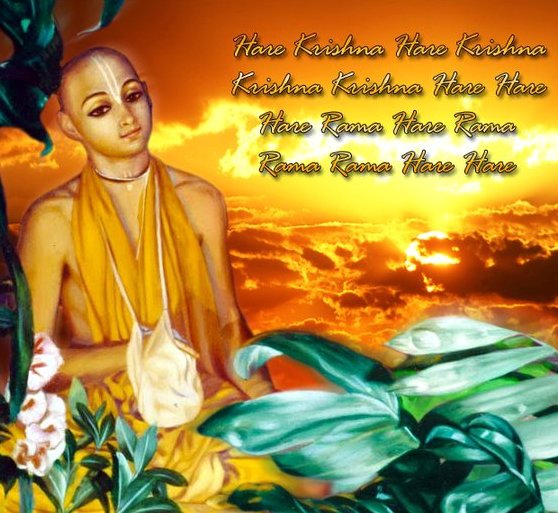
The Supreme Lord Anantadeva Himself praises Haridasa Thakura, "Even Lord Brahma and Lord Shiva always desire to associate with such Devotees as Haridasa. And the demigods desire to touch the transcendental body of Haridasa. Simply by saying his name, Haridasa, one will be promoted to Krishna's abode." (Chaitanya Bhagavata). (In the image: Shrila Haridas Thakur).
As Prahlada Maharaja appeared in a family of demons and Hanuman appeared as a monkey, Shri Haridasa Thakura appeared amongst the lower caste. Haridasa had a handsome form with all aristocratic features. Highly intellectual, he won all debates in Sanskrit and philosophy. Yet, he never lost his temper. In his youth, he became famous for his extreme devotion and ascetism. Though born in a Muslim family, when he became a Vaishnava, even brahmanas would eagerly smear their bodies with the dust of his feet.
The Supreme Lord Anantadeva Himself praises Haridasa Thakura, "Even Lord Brahma and Lord Shiva always desire to associate wi
Srila Bhaktivinod Thakur
Sri Sacidananda Bhaktivinoda Thakura appeared in 1838 in a wealthy family in the Nadia district, West Bengal. He revealed that he is an eternal associate of Sri Caitanya Mahaprabhu by his extraordinary preaching activities and prolific writing. Living as a, mahabhagavata Vaisnava, he stayed in the grhasta ashram until the last few years of his life. Then he renounced everything, accepted babaji, and entered samadhi, totally absorbed in the loving service of Gaura-Gadadhara and Radha-Madhava.
"He had a responsible government position as the District Magistrate (high court judge), maintained a Krishna conscious family, and wrote almost one hundred books on Krishna consciousness. At the same time, he served the Supreme Lord in so many ways. That is the beauty of his life. After a full day of government service he would sleep four hours, get up at midnight and write until morning. That was his daily program." (Srila Prabhupada)
Thakura Bhaktivinoda took Va
"The Krsna consciousness movement is not a sentimental religious movement; it is a movement for the reformation of all the anomalies of human society. If people take to it seriously, discharging this duty scientifically, as ordered by Sri Caitanya Mahaprabhu, the world will see peace and prosperity instead of being confused and hopeless under useless governments."

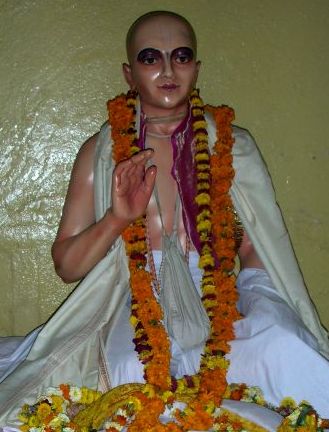
Appearing as the nephew of Shri Rupa and Sanatana Goswamis, Shri Jiva Goswami displayed all the charming features of a mahapurusa (divine person). He had lotus eyes, a high nose and forehead, broad chest, long arms, and a radiant golden body. (In the image: Shrila Jiva Goswami).
Appearing as the nephew of Shri Rupa and Sanatana Goswamis, Shri Jiva Goswami displayed all the charming features of a mahapurusa (divine person). He had lotus eyes, a high nose and forehead, broad chest, long arms, and a radiant golden body.
In his boyhood he made a Deity of Krishna-Balarama. Expressing his pure devotion, he would often cry while worshiping Them. After offering clothes, chandana, flowers, ornaments, and tasty sweets to Krishna-Balarama he would take some and give Maha-Prasadam to his playmates. From the beginning Jiva showed his kindness to other jivas (living entities). Jiva was so much attached to Krishna-Balarama that at bed time he would embrace his Deities and fall asleep. His parent


